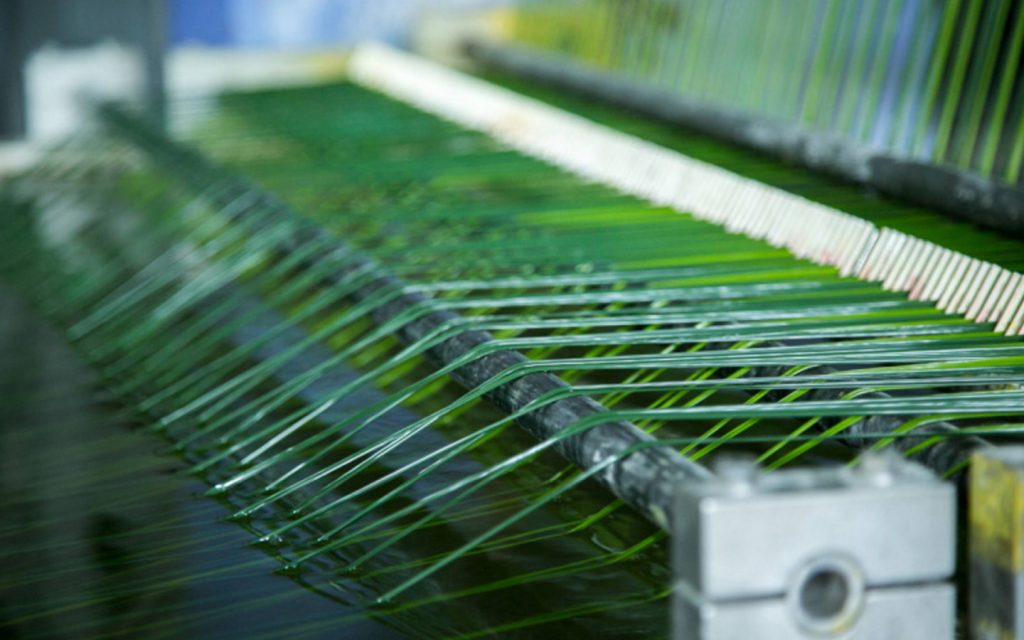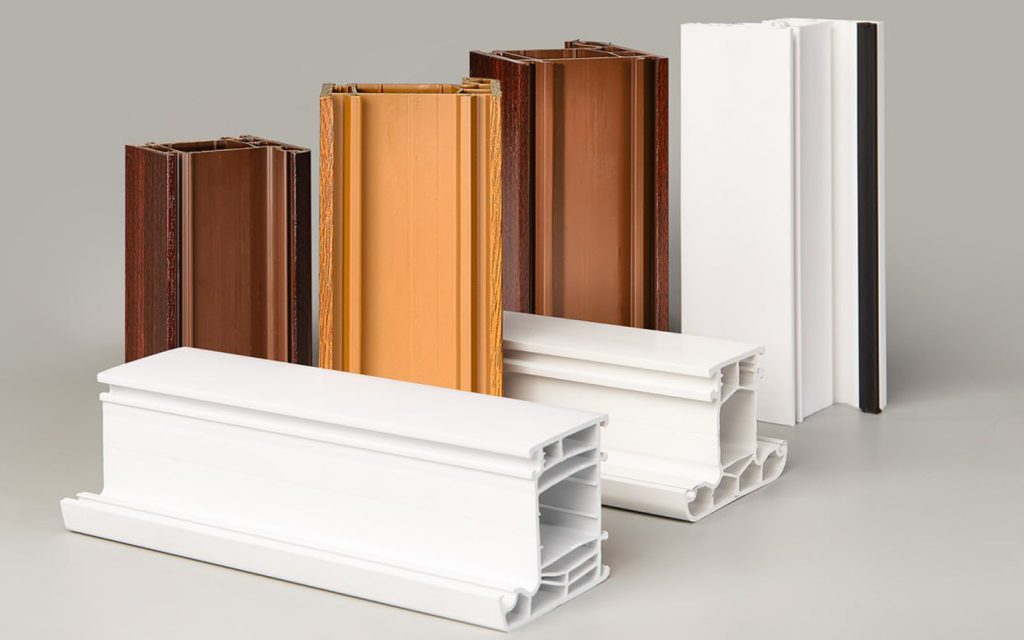
Extrusion
Extrusion of polymers is a continuous manufacturing process used to create objects with a fixed cross-sectional profile. It involves forcing molten polymer material through a die to produce long, continuous shapes such as tubes, sheets, films, rods, and profiles. The extruded material is then cooled and solidified into its final form. Extrusion is one of the most common and versatile methods for processing polymers, particularly thermoplastics.
Blown Film Extrusion:
- Used to produce plastic films, such as those used for packaging. The extruded polymer is inflated into a bubble and then cooled to form a thin film.
Sheet Extrusion:
- Produces flat plastic sheets, which can be used for thermoforming or as raw material for other processes.
Tubing and Pipe Extrusion:
- Used to create hollow profiles like pipes, tubes, and hoses.
Profile Extrusion:
- Produces custom-shaped profiles, such as window frames, gaskets, or trim.
Coextrusion:
- Combines multiple layers of different polymers into a single extruded product, often used for packaging with barrier properties.
Overjacketing Extrusion:
- Used to coat wires, cables, or other substrates with a polymer layer.
Advantages of Polymer Extrusion:
- Continuous Production: Can produce long, continuous lengths of product.
- Versatility: Suitable for a wide range of shapes and sizes.
- Cost-Effective: Efficient for high-volume production.
- Material Variety: Works with many thermoplastics and some thermosetting polymers.
- Customization: Dies can be designed to create complex cross-sectional profiles.
Common Polymers Used in Extrusion:
Thermoplastics:
- Polyethylene (PE)
- Polypropylene (PP)
- Polyvinyl Chloride (PVC)
- Polystyrene (PS)
- Acrylonitrile Butadiene Styrene (ABS)
- Polycarbonate (PC)
Applications of Polymer Extrusion:
- Packaging: Plastic films, bags, and containers.
- Construction: Pipes, tubing, window frames, and insulation.
- Automotive: Seals, gaskets, and trim.
- Electrical: Wire and cable insulation.
- Consumer Goods: Fibers, filaments, and profiles for household items.

